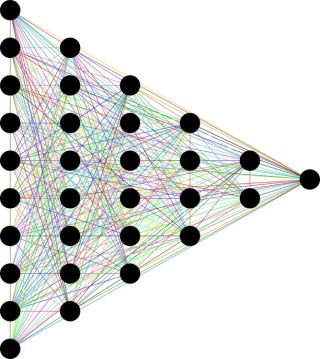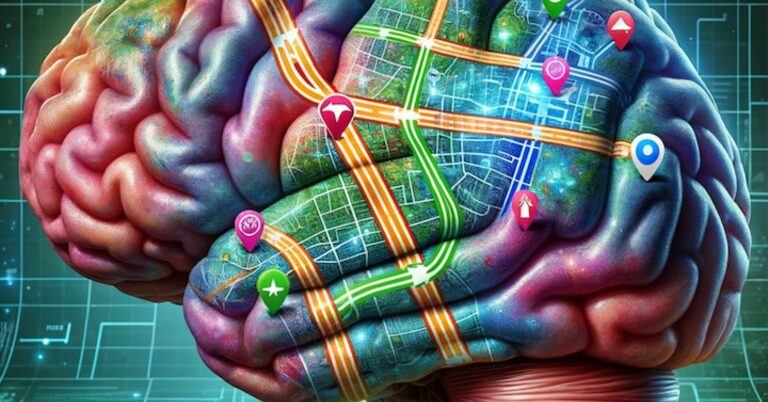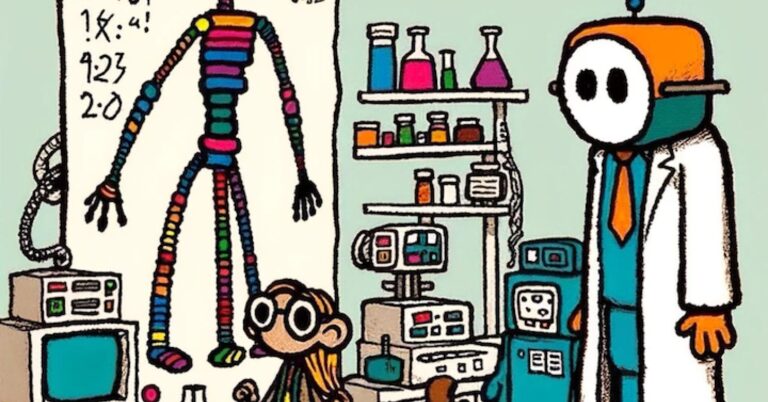
A neural network.
Source: Gordon Johnson/Pixabay
In 1968, George Land conducted a revealing study that tested the creativity of children and adults using a test initially designed for NASA. The results were staggering: While 98 percent of 5-year-olds exhibited high levels of creativity, only 2 percent of adults did. The breakout of levels of creativity by age is just as fascinating:
- 5-year-olds: 98 percent
- 10-year-olds: 30 percent
- 15-year-olds: 12 percent
- 280,000 adults: 2 percent
Land concluded that “non-creative behavior is learned.” You can listen to this in his own words from his TEDx talk.
As we venture deeper into the age of artificial intelligence (AI), particularly with the advent of large language models (LLMs) like GPT-4, the implications of Land’s study may take on a new dimension. Could our relentless pursuit of fine-tuning and training LLMs lead to a form of “machine conformity,” in which the algorithm’s ability to generate creative or novel outputs is compromised?
The Overtraining Dilemma in AI
In the world of machine learning, the concept of overfitting is well-known. An overfitted model performs exceedingly well on the training data but poorly on new, unseen data. This is because the model has essentially “memorized” the training data, losing its ability to generalize and adapt. The parallel with Land’s study is striking: Just as structured learning environments can suppress a child’s creative thinking, overtraining can limit an LLM’s ability to generate novel and creative responses.
The Limits of Fine-Tuning
Fine-tuning is a common practice in machine learning in which a pre-trained model is further trained (usually on a smaller data set) to adapt it for a specific task. While fine-tuning can enhance the model’s performance on that particular task, it can also narrow the model’s focus and limit its general applicability. Perhaps we as LLMs have a certain “maximum information density” per neuron or parameter. In essence, the model becomes an expert in a specific domain but loses its “creative edge”—its ability to make unexpected connections and generate novel solutions. And at some point, added learning may cannibalize other existing connections and, hence, prior learning.
Size vs. Smarts: The Evolving Metrics of LLM Effectiveness
Sam Altman, co-founder and CEO of OpenAI, recently articulated a perspective that challenges the prevailing notion in AI development: that bigger is inherently better. Speaking at MIT’s Imagination in Action event, Altman suggested that the industry is nearing the end of the “size for size’s sake” era for LLMs. He likened the current focus on parameter count to the chip speed races of the 1990s and 2000s—a metric that, while easily quantifiable, may not be the most meaningful measure of capability or utility.
Altman’s insights resonate deeply with the ongoing discourse on the balance between specialization and creativity in AI. As we fine-tune these models to perform specific tasks with increasing accuracy, we risk creating algorithms that are highly specialized but lack the ability to generalize or think creatively. Altman emphasizes that the ultimate goal should not be to boast about parameter counts but to deliver models that are “most capable, useful, and safe.”
The Complexity of Creativity in AI
Creativity is not merely the generation of something new; it is the ability to synthesize disparate pieces of information in innovative ways. For humans, this involves a complex interplay of cognitive processes, including but not limited to memory, pattern recognition, and emotional intelligence. For LLMs, the challenge is even more significant because they lack the intrinsic human ability to “unlearn” or to break away from established patterns. This limitation is not just a technological challenge but also a conceptual one, questioning our understanding of creativity and learning at their core.
Creative Recalibration
It might be time for the AI community to recalibrate its metrics for success. The emphasis should shift from mere size and parameter counts to a more nuanced understanding of capability, utility, and safety. As we continue to fine-tune and develop these complex algorithms, the ultimate aim should be to create models that not only excel in specialized tasks but also have the flexibility to adapt and innovate. This multi-dimensional approach to AI development is not just a technical necessity but also an ethical imperative, ensuring that we build systems that are as creatively robust as they are technically proficient. And it’s a balance we can’t afford to ignore. After all, in a world driven by exponential change, the ability to think creatively may be the most valuable asset we—and our algorithms—can possess.




















+ There are no comments
Add yours